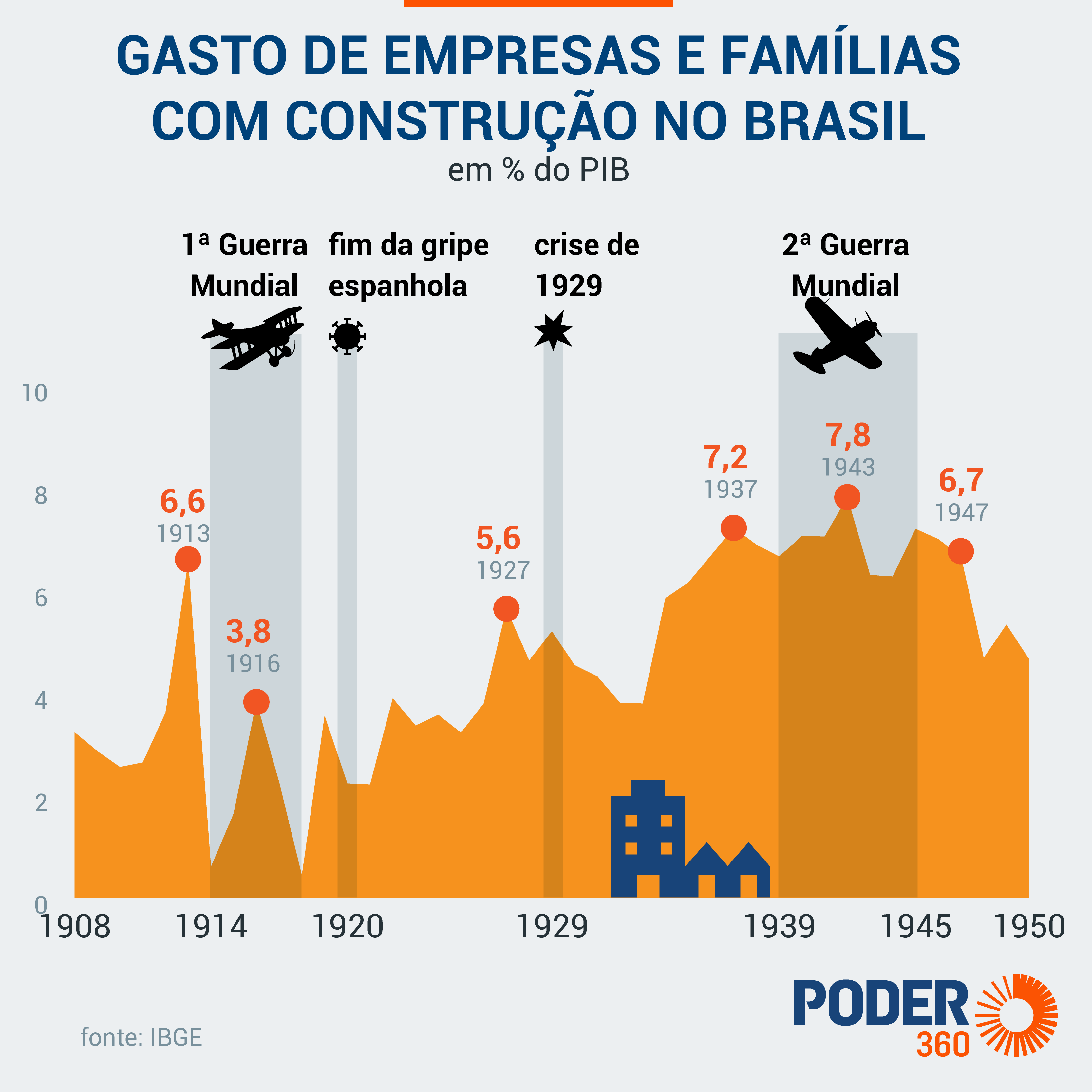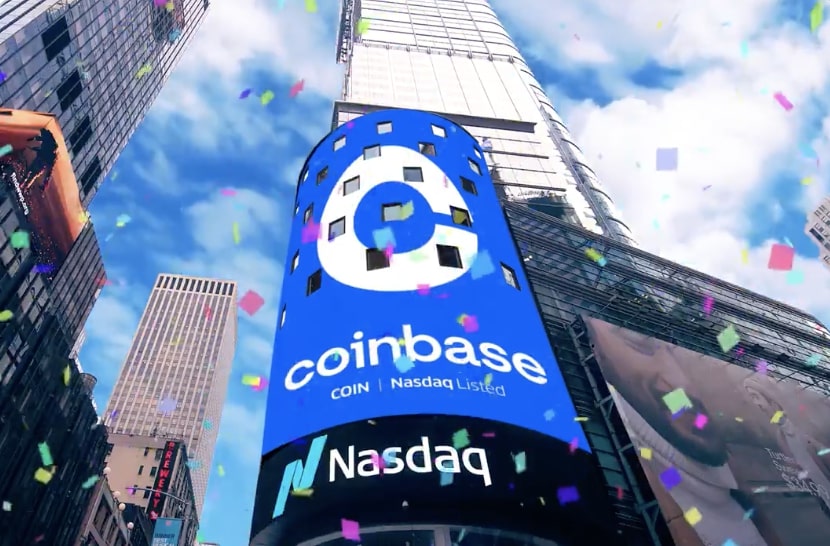It is expected that several countries, including Brazil, will enter into a strong economic growth pace for a long period after the covid pandemic has been overcome. High consumption and investment cycles often follow non-financial shocks, such as pandemics or wars. But economists warn that this is not a certainty and that, even if growth comes, other measures will have to be taken to make it sustainable. The Spanish flu (1918-1921) was followed by a period of bonanza in several countries. This was also the case with the cholera outbreak in Paris, in 1830. France entered the Industrial Revolution, which began in England. In Brazil there was prosperity after two moments: Spanish flu and World War II. This is what historical data compiled by the power360.At the time, manufacturing grew driven by domestic demand and investments from the money from the sale of coffee. Some coffee growers became industrialists. Farm profits also reached other sectors through the financial system. New factories were built on loans.In 1921, the last year of the Spanish flu pandemic, the purchase of machinery and equipment reached 12.4% of GDP. In the following year, the economy grew 7.8%, driven by industry, which expanded 18.8%. Construction also prospered. World War II (1939-1945) brought devastation to parts of Europe and Asia. Then came the longest period of growth and stability on these and other continents. In Brazil it was like that. In 1946, the industry grew 18.5% and the GDP, 11.6%. After World War II, the process of import substitution intensified in Brazil. Products that used to come from abroad began to be produced in the country. This has led to new investments by local firms as well as multinationals. There are several reasons for the rally after non-financial shocks. One is a return to the pre-recession level. Another is the advancement of consumption patterns. People want to leave behind the scarcity period, in which many save because they cannot afford to spend. There are also changes on the supply side: new ways of organizing production. Currently, teleworking increases productivity in some industries. Automation also tends to grow.
World War II (1939-1945) brought devastation to parts of Europe and Asia. Then came the longest period of growth and stability on these and other continents. In Brazil it was like that. In 1946, the industry grew 18.5% and the GDP, 11.6%. After World War II, the process of import substitution intensified in Brazil. Products that used to come from abroad began to be produced in the country. This has led to new investments by local firms as well as multinationals. There are several reasons for the rally after non-financial shocks. One is a return to the pre-recession level. Another is the advancement of consumption patterns. People want to leave behind the scarcity period, in which many save because they cannot afford to spend. There are also changes on the supply side: new ways of organizing production. Currently, teleworking increases productivity in some industries. Automation also tends to grow.
Forecasts
The IMF (International Monetary Fund) forecasts growth acceleration this year and next in several countries, including Brazil. According to the Economist magazine, the strong and synchronized growth of the G7 countries, the richest, will be unprecedented since the period following World War II. A survey by the UBS bank with 3,800 investors from various countries, also in Brazil, found that 68% had increased equity in 2020 and 51% plan to increase spending compared to the pre-pandemic period. The group interviewed is made up of people who, depending on their age group, have between $250,000 and $1 million to invest. It is not a survey with statistical value as it is not a sample of this segment. With higher global income, it tends to increase the demand for Brazilian products with higher added value, such as meat. The value of the commodities that the country exports is already rising.
Scratchs
But history also shows that situations like this demand care and efficient public policies. There is a risk of increasing income disparities in countries benefiting from prosperity and also in others, as a result of global economic changes. “In the 1920s there was an increase in inequality in the United Kingdom”, says Renato Colistete, professor of economic history at FEA- USP (Faculty of Economics and Administration of the University of São Paulo). “The result of this was greater social and political tension.” The United Kingdom was one of the winners of the 1st World War. In Germany, defeated in the conflict, social and political tension was much greater and resulted in Nazism.
continue reading

